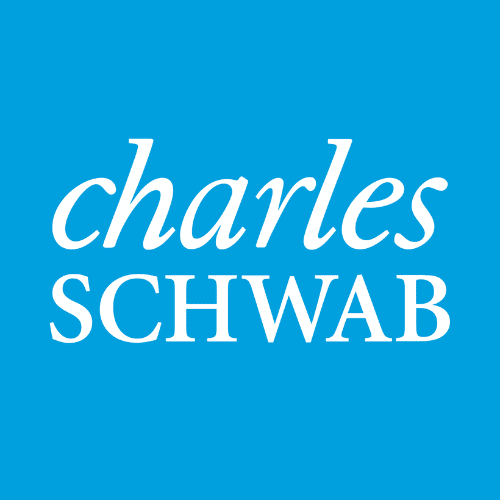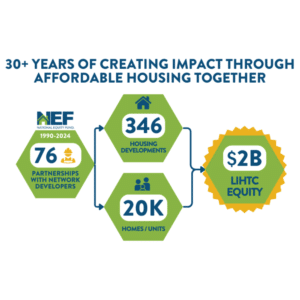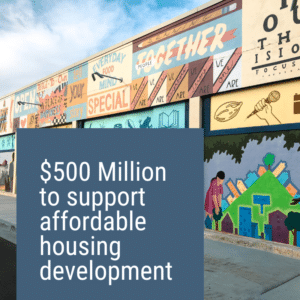NeighborWorks Capital is pleased to announce that Charles Schwab Bank has committed $25 million in lending capital to fund permanent multifamily loans. This new source of capital will allow us to meet the long-term financing needs of organizations in the NeighborWorks America network by providing flexible, fixed-rate capital.
This new source of capital will allow NeighborWorks Capital to provide long term, fixed rate permanent financing on properties with affordability requirements. NeighborWorks Capital can offer a low debt coverage ratio, up to 95% loan-to-value with terms up to 15 years. We will focus on financing properties in Texas, California, Nevada, Utah, Colorado, Arizona, New Mexico, Oklahoma, Louisiana, and Alaska; properties in other states can also be considered.
To inquire about a permanent loan from NeighborWorks Capital, please visit our permanent loan page and click the get started button to complete a short form or call us at 240-595-1561.
Charles Schwab Bank is NeighborWorks Capital’s largest investor with this commitment to fund $25 million for up to 15-year permanent loan maturities. This is a substantial commitment from Charles Schwab Bank who also has a $15MM line of credit extended to NeighborWorks Capital. Charles Schwab Bank is a subsidiary of the Charles Schwab Corporation which provides a full range of securities, brokerage, banking, money management and financial advisory services.











